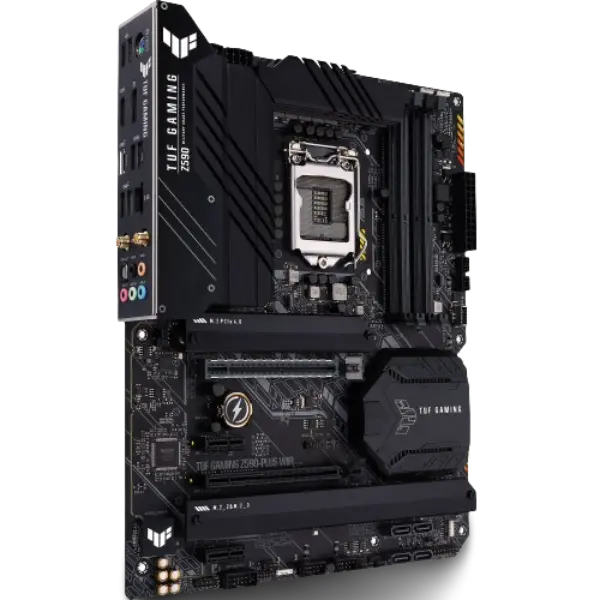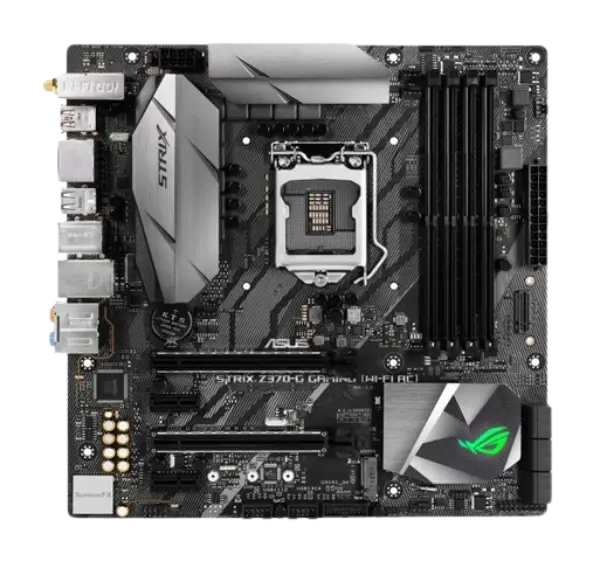When building or upgrading a PC, one of the most crucial decisions you’ll face is choosing the right motherboard. The motherboard serves as the backbone of your computer, connecting all the components and allowing them to communicate. Among the various form factors available, ATX, Micro-ATX, and Mini-ITX are the most common. Each of these has unique features, advantages, and limitations that can significantly impact your build. In this blog, we’ll delve into these three motherboard types to help you understand their differences and choose the best one for your needs.
ATX (Advanced Technology eXtended)

ATX motherboards are the most common and widely used form factor, offering a balanced mix of features and expandability. They measure 305mm x 244mm (12 inches x 9.6 inches), providing ample space for various components and expansion slots.
Key Features:
- Expansion Slots: ATX motherboards typically feature multiple PCIe slots, which are ideal for gamers and professionals who need multiple graphics cards, sound cards, or other add-on cards.
- RAM Slots: These motherboards often support up to 4 RAM slots, allowing for significant memory capacity and multi-channel memory configurations.
- Connectivity: With a generous number of USB ports, SATA connectors, and other peripheral connections, ATX motherboards offer extensive connectivity options.
- Cooling Solutions: The larger size allows for better heat dissipation and more robust cooling solutions, which is beneficial for high-performance builds.
Pros:
- High expandability and upgrade options
- Better cooling potential
- Suitable for high-end builds
Cons:
- Requires a larger case
- Generally more expensive
Micro-ATX (mATX)

Micro-ATX motherboards are a smaller version of the ATX form factor, measuring 244mm x 244mm (9.6 inches x 9.6 inches). Despite being more compact, they still offer a good balance of features and performance.
Key Features:
- Compact Size: Micro-ATX motherboards are designed to fit in smaller cases, making them suitable for mid-sized and some mini-tower cases.
- Expansion Slots: Typically, they come with up to 4 PCIe slots, which is fewer than ATX but sufficient for most users.
- RAM Slots: Usually equipped with 2 to 4 RAM slots, allowing for adequate memory capacity.
- Affordability: Often less expensive than ATX motherboards, making them a popular choice for budget-conscious builds.
Pros:
- More affordable than ATX
- Suitable for smaller cases
- Adequate for most users’ needs
Cons:
- Limited expansion compared to ATX
- May have fewer connectivity options
Mini-ITX

Mini-ITX motherboards are the smallest of the three, measuring just 170mm x 170mm (6.7 inches x 6.7 inches). Designed for compact and portable builds, they are ideal for small form factor (SFF) PCs.
Key Features:
- Small Size: The compact design makes them perfect for small cases, HTPCs, and portable systems.
- Limited Expansion: Typically, Mini-ITX motherboards have only one PCIe slot, which limits the ability to add multiple expansion cards.
- RAM Slots: Usually equipped with 2 RAM slots, limiting maximum memory capacity.
- Power Efficiency: They are designed to be power-efficient, which is advantageous for portable and energy-conscious builds.
Pros:
- Extremely compact and portable
- Suitable for SFF builds and HTPCs
- Energy-efficient
Cons:
- Limited expansion and upgrade options
- Potentially higher cost per feature compared to mATX
Choosing the Right Motherboard
When choosing between ATX, Micro-ATX, and Mini-ITX motherboards, consider your specific needs:
- ATX: Best for high-performance builds with multiple GPUs, extensive expansion needs, and superior cooling.
- Micro-ATX: Ideal for budget-conscious users who want a balance between size and expandability.
- Mini-ITX: Perfect for compact builds, portability, and energy efficiency, but with limited expansion options.
Understanding the differences between these motherboard types will help you make an informed decision that aligns with your PC building goals. Whether you’re building a high-end gaming rig, a budget-friendly system, or a compact and portable PC, there’s a motherboard out there that fits your needs perfectly.

